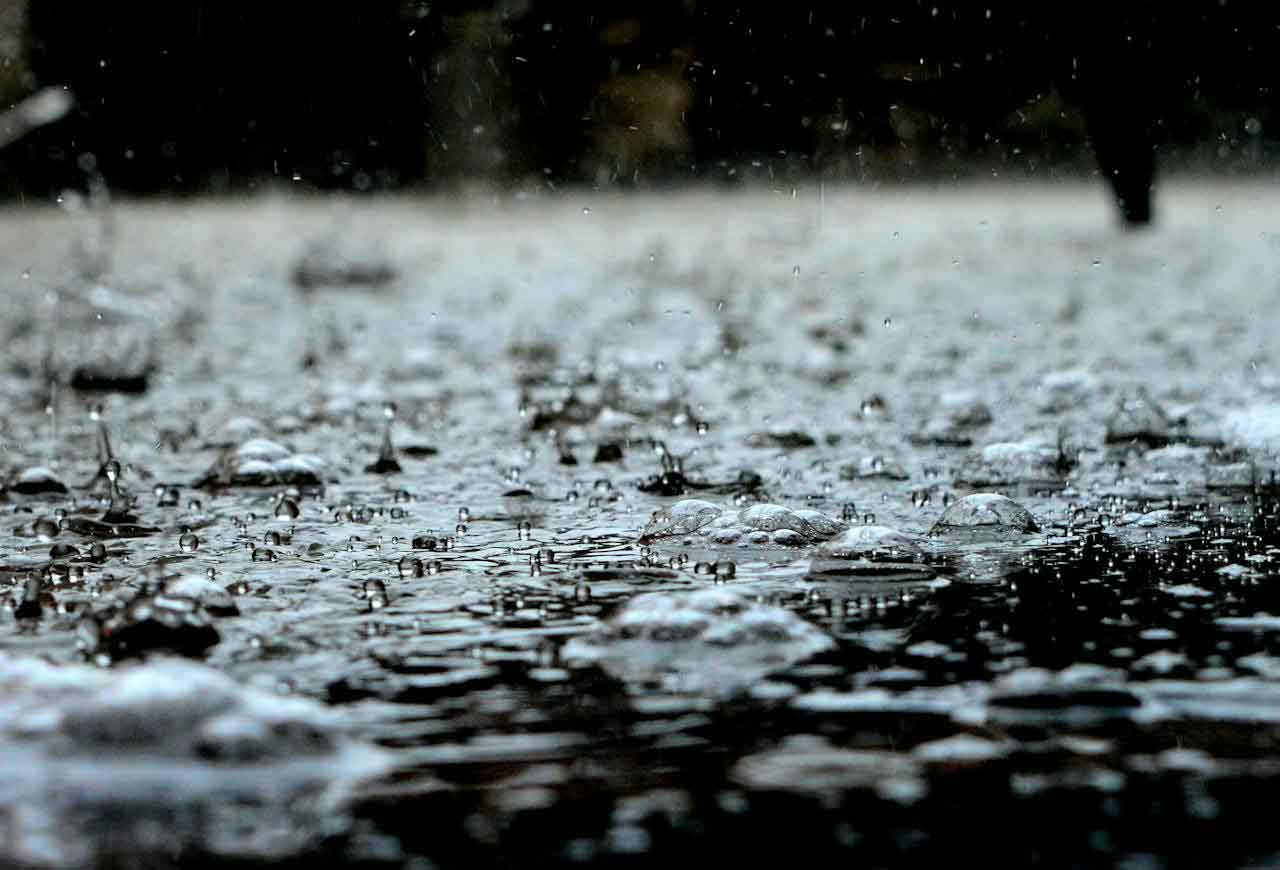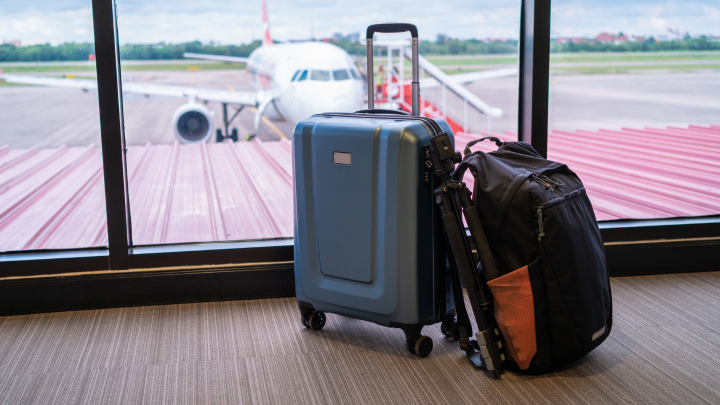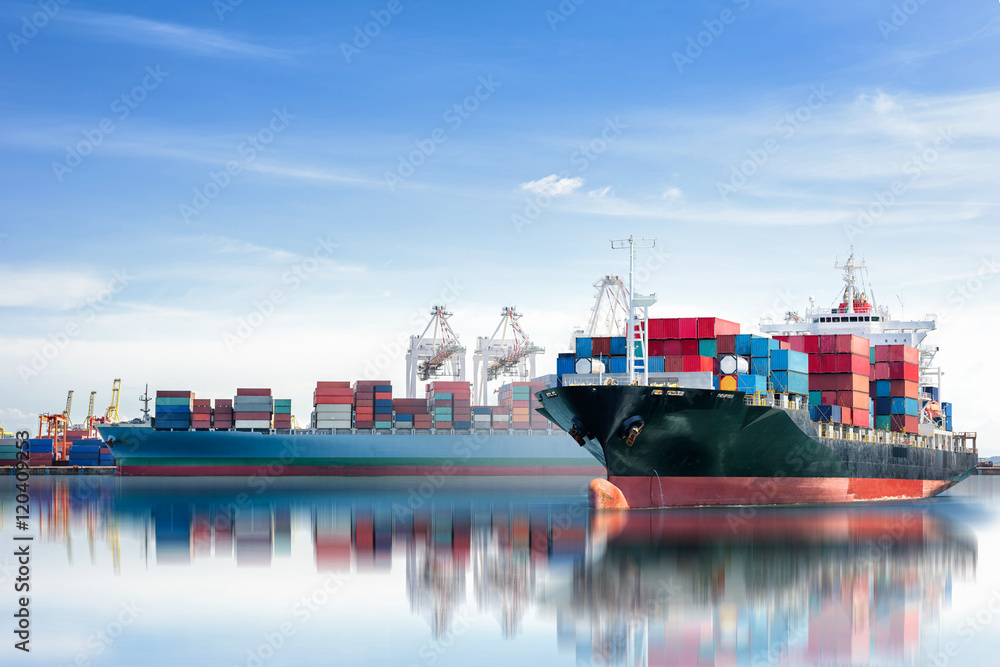
People are encouraged to prepare for storms, heavy rain
Source: BC Government News
People living on the South Coast are encouraged to prepare for a series of rainstorms starting Saturday, Jan. 27 and extending to Wednesday, Jan. 31, 2024.
During the five days, Environment and Climate Change Canada is forecasting:
- as much as 300 millimetres (mm) of rain on West Vancouver Island and in the Coast Mountains;
- as much as 250 mm in the Howe Sound area;
- as much as 150 mm in Inland Vancouver Island;
- as much as 120 mm in the Fraser Valley (Abbotsford to Chilliwack), Sea to Sky and North and Central Coast areas; and
- as much as 60 mm in the Southern Gulf Islands, Fraser Valley (Hope), Fraser Canyon and the Coquihalla regions.
Otherwise known as an atmospheric river, narrow bands of heavy precipitation are common in British Columbia. Many occur every year, most frequently in the fall and winter. People are encouraged to check the Environment and Climate Change Canada (ECCC) weather page or mobile app for updated alerts and forecast rainfall totals.
Heavy rainfall, combined with mountain snow melt, may lead to pressure on B.C.’s river systems and potential flooding. Additionally, saturated soils combined with strong winds may result in tree damage and power outages.
While the forecast for wet and stormy weather is seasonally typical, the Province is monitoring conditions closely, working directly with communities on preparedness activities, and prepared to deploy as many as four million sandbags and other flood-related emergency-response strategies if needed.
The B.C. River Forecast Centre is closely monitoring forecasts and updating streamflow models, including effects of melting snow and rain-on-snow from warmer temperatures over the next few days and into next week. Advisories, watches and warnings will be issued or updated as needed.
Flood Watches are put in place when river levels are rising and may overflow. Currently, there are Flood Watches for the following areas:
- South Coast, including Howe Sound, Sunshine Coast, Sea-to-Sky and North Shore Mountains;
- Fraser Valley – North, including tributaries from Port Coquitlam to Harrison; and
- Vancouver Island.
High Streamflow Advisories are put in place when river levels are rising or expected to rise rapidly, but no major flooding is expected and minor flooding in low-lying areas is possible. Currently, there are High Streamflow Advisories in place for the following regions:
- Lower Fraser River tributaries, such as areas around Pemberton and Lillooet River tributaries, Fraser Valley – East (tributaries around Abbotsford, Hope) and Fraser Canyon.
Flood Warnings are put in place when river levels have flooded or will flood imminently. Currently, there are no Flood Warnings in place.
While this upcoming wet and stormy weather is seasonally typical, the Province is working to keep people and communities safe in the event of flooding:
- The Ministry of Emergency Management and Climate Readiness (EMCR) is working closely with communities on preparedness activities, including regional co-ordination calls with First Nations and communities.
- EMCR is in contact with U.S. counterparts regarding monitoring the Nooksack River system.
- The River Forecast Centre is monitoring weather patterns and river conditions, and remains vigilant for a potential rapid transition toward extreme wet weather that could contribute to an increased flood hazard.
- EMCR is prepared to deploy four million sandbags to communities to protect homes and public infrastructure.
- EMCR is prepared to deploy or pre-position sandbag machines to areas of flood concern or potential flood concern throughout the province.
- EMCR is prepared to deploy 12 kilometres of gabions, which are wall-like structures filled with sand, and 30 kilometres of tiger dams, which are stackable orange tubes filled with water.
- EMCR has expanded its use of emergency alerts to issue broadcast intrusive alerts on behalf of communities to warn people in British Columbia about imminent threats due to flooding.
- BC Wildfire Service is prepared to support communities with actions such as sandbagging, if needed.
People are asked to take precautions to ensure personal safety, including developing a household plan, putting together emergency kits, connecting with neighbours and learning about the local government emergency response plan for their area.
As well, people can take the following steps:
Protect your home:
People are advised to prepare for possible flooding of low-lying areas by moving equipment and other assets from these areas to higher ground, where possible. Clear perimeter drains, eavestroughs and gutters. Sandbags also help and can be made available through local governments.
Create grab-and-go bags:
Assemble an individual grab-and-go bag for each member of the household with the essentials they will need if asked to evacuate.
Recognize the danger signs:
If you live near a waterway, a change in water colour or rapid change in water level,especially a drop, could indicate a problem upstream. Call your local fire, police or public works department immediately if you suspect something is out of the ordinary.
If you face a threatening flood situation, park vehicles away from streams and waterways, move electrical appliances to upper floors and make sure to anchor fuel supplies. Listen to local officials if you are asked to evacuate.
In the event of flooding, some tips about what to avoid:
Steer clear of river shorelines:
Keep away from river edges and shorelines. During periods of high flow, river banks may be unstable and more prone to sudden collapse. Stay away and keep young children and pets away from the banks of fast-flowing streams and flooded areas or bridges.
Do not drive through flood water:
Extensive water pooling on roads can be expected. Never attempt to drive or walk in flood water. Approximately 15 centimetres (six inches) of fast-moving water can knock over an adult, and 61 centimetres (two feet) of rushing water can carry away most vehicles, including SUVs and pickup trucks.
Landslide risk:
Heavy rain may contribute to landslides and dangerous debris in creeks and waterways. Be safe and do not go to watch the rushing water. If trees are beginning to lean or bend near your home, or cracks are developing in a hillside, consult an engineer or contact local authorities.
There are more details in PreparedBC’s Flood Preparedness Guide. The guide contains useful information to help British Columbians better protect themselves and their homes and understand what to do if their home or community is at risk of flooding.
Driving safety:
Crashes can be prevented when motorists are prepared. Some helpful tips for travelling in wet weather and winter driving conditions:
- Research the road conditions before you leave at DriveBC’s website: https://drivebc.ca/
More than 1,000 highway webcam views are available at more than 450 locations throughout the province. - Check the weather forecast and consider postponing travel. If travel is necessary, wait until conditions improve.
- Wear comfortable clothing that does not restrict movement while driving. Bring warm clothing, such as winter boots, coat, gloves and hat, in case you need to get out of the vehicle.
- Have an emergency plan. Ensure your vehicle is equipped with a full tank of fuel, a windshield scraper and snow brush, food and water, a first-aid kit and other emergency supplies.
- Do not panic if you get stuck or stranded. Stay with your vehicle for safety and warmth.
- If you have a cellphone, call for roadside assistance. For emergencies, call 911.
Learn More:
Flood-risk information and active evacuation alerts and orders can be found at @EmergencyInfoBC on X (formerly Twitter), or: https://www.emergencyinfobc.gov.bc.ca/
River Forecast Centre: http://bcrfc.env.gov.bc.ca/
Environment and Climate Change Canada for up-to-date forecasts and alerts: http://www.weather.gc.ca
PreparedBC Flood Preparedness Guide: www.preparedbc.ca/floods
For tips about how to prepare grab-and-go bags, visit: www.preparedbc.ca/emergencykit
To pre-register with Emergency Support Services, visit: https://ess.gov.bc.ca/
Flood waters can quickly wash out roads and bridges. Be prepared and plan an alternative route. For the latest road conditions, visit: https://drivebc.ca/
POPULAR POSTS
-
 January 11, 2025Planning a Trip? Don’t Forget Travel Insurance
January 11, 2025Planning a Trip? Don’t Forget Travel Insurance -
 November 15, 2024Why High Net Worth Individuals Need Specialized Home Insurance
November 15, 2024Why High Net Worth Individuals Need Specialized Home Insurance -
 December 5, 2024How to Read and Understand Your Insurance Policy Like a Pro
December 5, 2024How to Read and Understand Your Insurance Policy Like a Pro -
 January 2, 2025New Year, New Coverage
January 2, 2025New Year, New Coverage



























